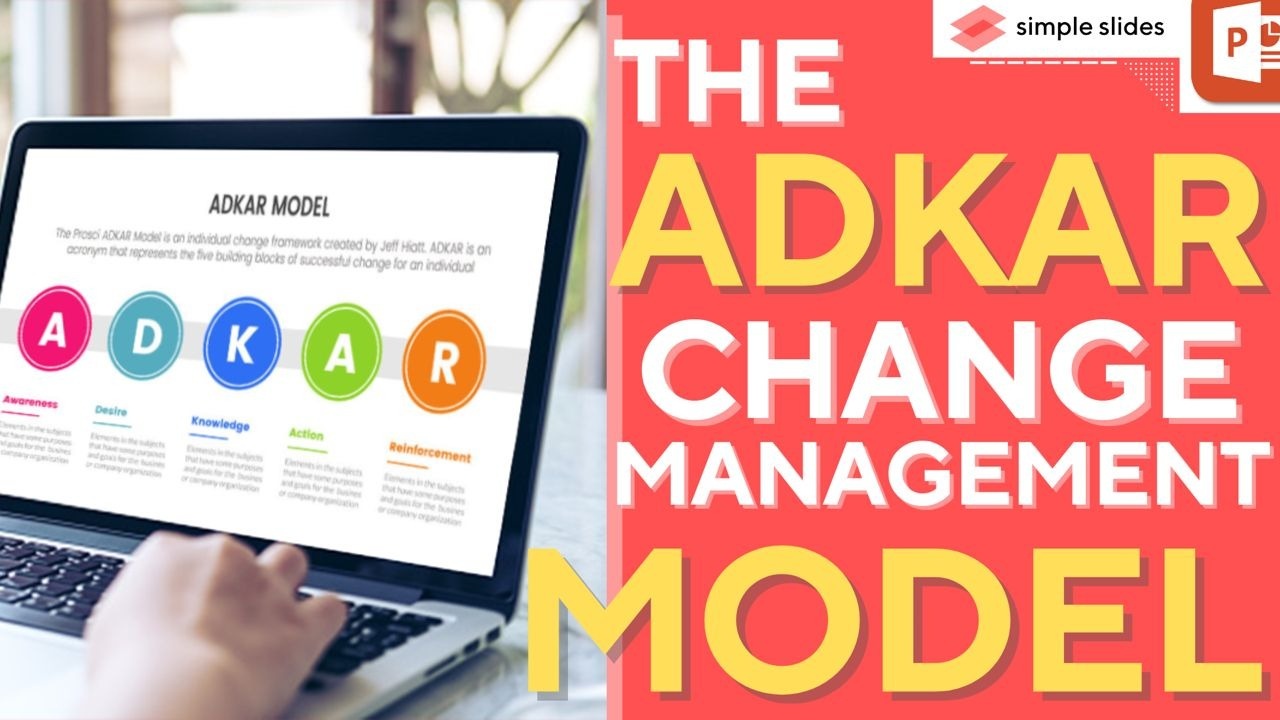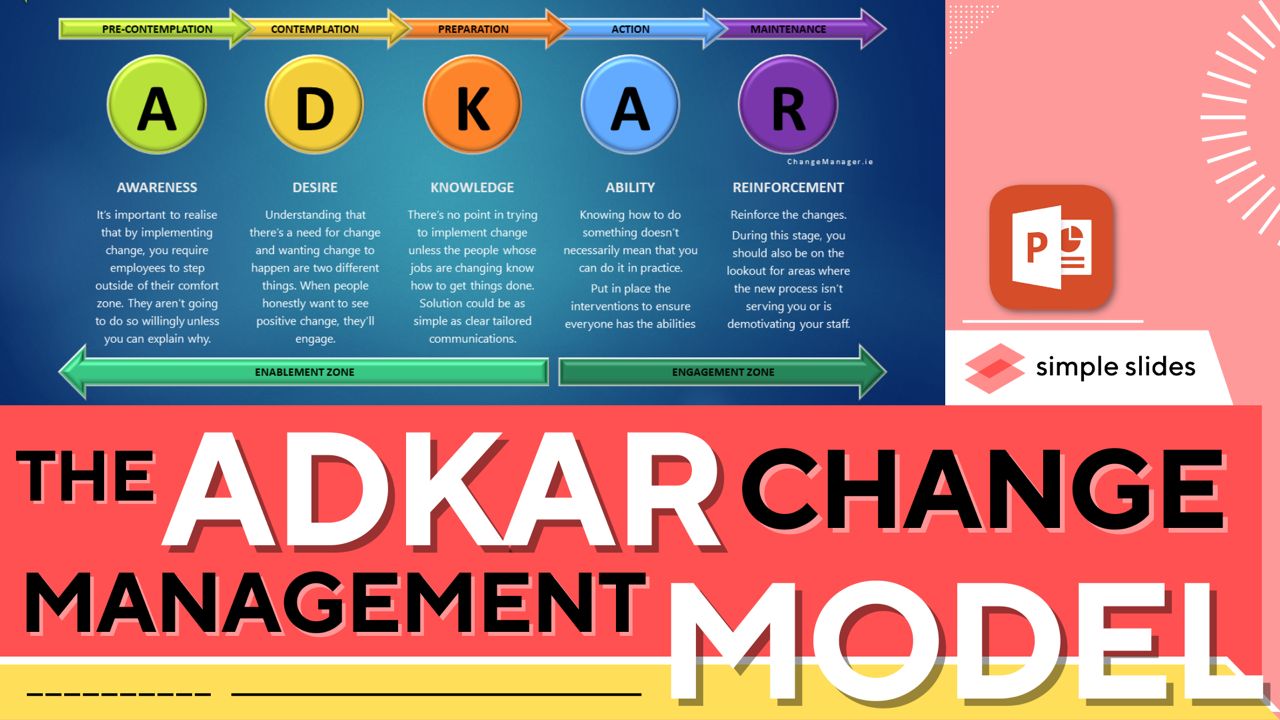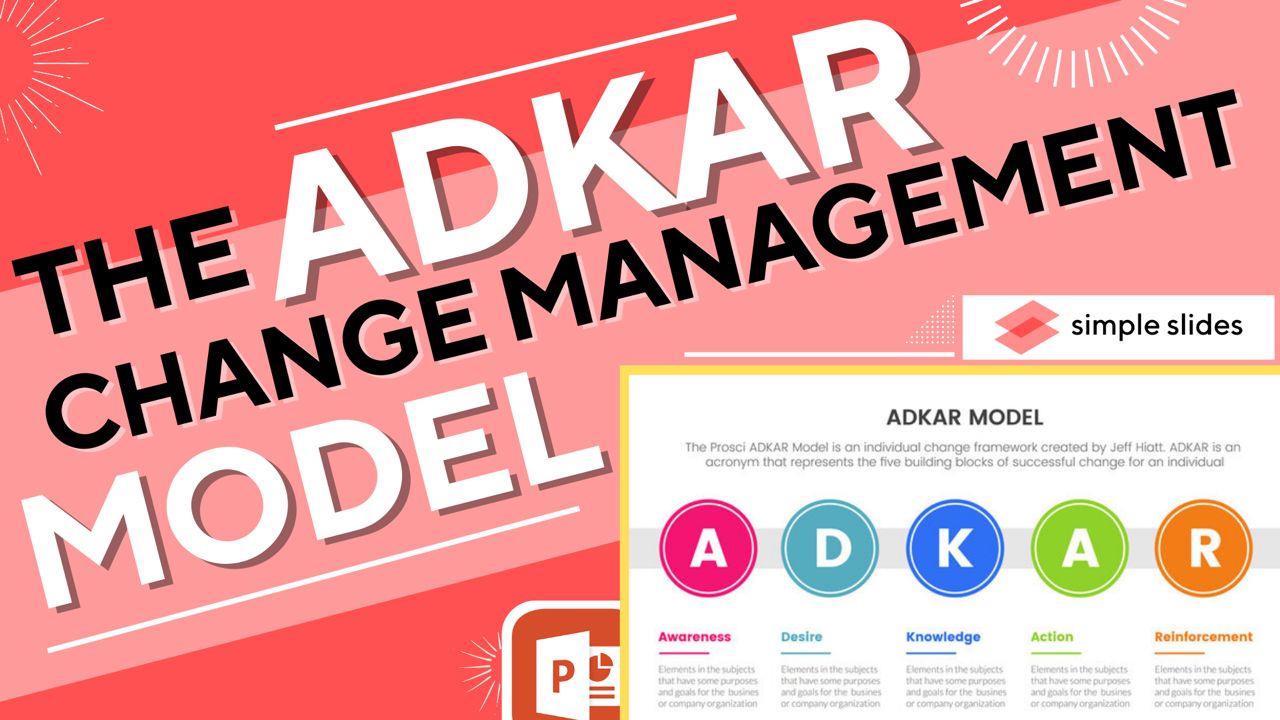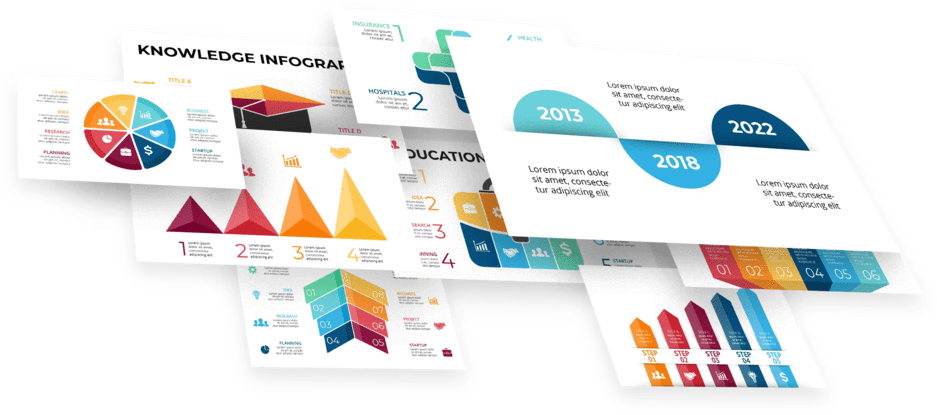Using the ADKAR Model for Change Management
Nov 09, 2022
One of the reasons why organizational change fails is that employees tend to resist it. The resistance to change is automatic.
So, how do change leaders and managers solve this problem? They turn to a change management model known as the ADKAR model.
The ADKAR model is one of the most popular change management models. What is the ADKAR change management model, and how does it work? Find out in this article.
What Is the ADKAR Change Management Model?
The ADKAR model is a change management strategy that focuses on personal change. Jeff Hiat, the founder of Prosci, introduced it based on the idea that an organization is a group of individuals, and each individual must be involved for organizational change to work.
Additionally, the ADKAR is an acronym for the model's five elements. These elements include awareness, desire, knowledge, ability, and reinforcement.
- Awareness: Notify employees about the need for change
- Desire: Help employees develop the desire for change
- Knowledge: Provide the knowledge needed to make it happen
- Ability: Knowledge becomes the ability to effect change
- Reinforcement: Cement the change
Discover the best project infographics.
States of Change.
We can split the five building blocks of the ADKAR change model into three states of change. Here are the states of change organizations go through during the change process:
Current State.
The current state comes first in the ADKAR change process. It refers to the period you realize your organization needs a change. For instance, your product may be performing poorly in the market.
You will need awareness and desire to move out of your current state. Create awareness about the need for change and show the people involved the benefits of pursuing this change.
Transition State.
The transition state is where the change happens. To navigate this state, you must equip the critical stakeholders with the knowledge and ability required for the change.
You can achieve this by launching training programs, seminars, exercises, etc.
Future State.
Once you have the necessary knowledge and ability, you can move into your future state. Your future state is where your transition goals become a reality.
However, the process doesn't end when you achieve your goal. You must follow up with the reinforcement stage to ensure no one backslides.

How To Use the ADKAR Change Model.
The ADKAR model is easy to use, consisting of five sequential steps. Follow these steps to apply the ADKAR model for successful change management:
Step 1: Creating Awareness.
The first step in the ADKAR model is creating awareness. No one wants to discover a change in the workplace at the last minute or after it has happened.
So, the earlier everyone knows about the impending change, the better. However, you shouldn't just tell the stakeholders about your change initiative. It would be best if you also told them why it is necessary.
For instance, you may want your employees to shift to remote work. In such a situation, you must communicate the change and its reasons. You must also explain how individuals and the entire organization will benefit.
Step 2: Building Desire.
The fact that you have announced the change doesn't mean everyone is interested and ready to work towards it. You may encounter resistance if you don't find a way to make the key stakeholders desire it.
To build desire, consider designating change leaders. Your change leaders must be affected by the change, believe in it, and have a good relationship with other employees. Their public support will go a long way in convincing others.
Additionally, you may encourage employees by sharing success stories. Share success stories about other companies that have implemented this change successfully. It will be even better if you have overseen such a change previously.
Step 3: Spreading Knowledge.
The knowledge stage is all about providing knowledge about the intended change. First, you should ensure that all employees understand the change process. Each individual or team should understand what will happen during the transition and how it will affect their roles, responsibilities, and work processes.
Sometimes, transitions require new tools, processes, and procedures. In such situations, ensure that the affected employees undergo the necessary training.

Step 4: Test Ability.
It is not enough to explain the transition and provide the necessary knowledge. You must be sure that the stakeholders can execute it.
For instance, you can show someone how to shoot an arrow. That doesn't mean they will hit the bull's eye when they pick up a bow and arrow.
So, how do you convert knowledge to ability? One word, practice.
Give your employees time to practice their new processes and roles. Monitor the process, give constructive feedback, and make improvements when necessary. You can make your work here easier by using your change leaders.
Step 5: Reinforce the Change.
The previous steps will help you implement change, but you shouldn't turn your back. You must ensure that people do not go back to their old ways.
It may take people up to 254 days to form a new habit. So, you should continue monitoring your workers and processes to avoid backslides and identify issues. Remember to be as gentle and thoughtful as possible.
Additionally, you can reinforce change by celebrating or rewarding successful teams and individuals. Such incentives will give them a sense of accomplishment and push them to do more.
Need a clear-cut strategy? Start with our strategy infographics.
Advantages of Using the ADKAR Model.
Here are some benefits of implementing change using the ADKAR model:
- It focuses on personal change.
- It is practical.
- It is outcome-oriented.
- It allows change leaders and managers to monitor change.
- It eliminates resistance to change.
Download an ADKAR Change Management Model Template
You can present the ADKAR model to your employees with our ADKAR model of change template. It contains the five elements you need, and all sections are fully editable and professionally designed.
Frequently Asked Questions:
What does ADKAR stand for?
ADKAR stands for awareness, desire, knowledge, ability, and reinforcement.
Why would you use the ADKAR model?
Organizations use the ADKAR change management model to eliminate individual resistance to change.
Where can I download an ADKAR model template?
You can download an ADKAR model template from Simple Slides.
Related Articles:
Get A Free Sample of Our Award-Winning PowerPoint Templates + University
Get A Free Sample of Our Award-Winning PowerPoint Templates + University
Join our mailing list to receive the latest news and updates from our team.
Don't worry, your information will not be shared.
We hate SPAM. We will never sell your information, for any reason.





